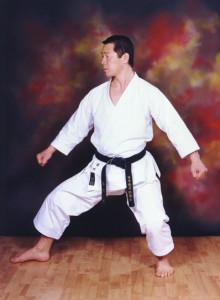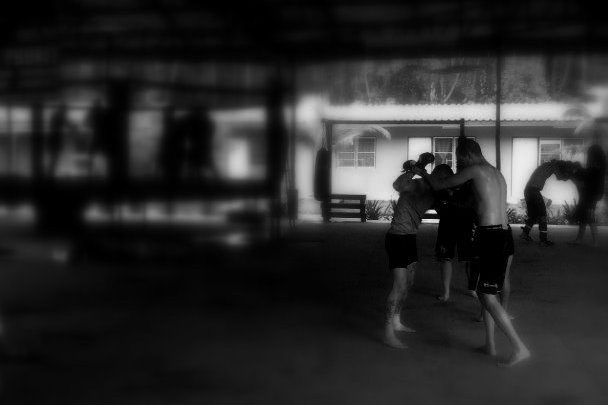Have you seen a Karate expert move?
It’s like magic.
The movements of a true Karate expert are so sophisticated and effortless that you barely notice anything.
Until they smack you in the mouth.
BAM!
How do they do it?
Well, after analyzing numerous Karate experts that I’ve met during my travels around the world, I’ve identified a unique key factor that EVERY Karate expert has in common.
A secret detail that few “regular” Karate people seem to understand.
I’ll explain…
Let’s take a stepping punch as example.
When most Karate people move forward, they usually push off with their back leg, step forward and then punch with their arm.
Like this:

You explode from your rear leg and catapult yourself into the opponent.
(Note: The type of punch doesn’t matter – the principle is the same.)
Simple and intuitive, right?
However…
A Karate expert does the *exact* opposite!
This is what separates them from the rest.
You see, a Karate expert does not initiate his movement by pushing off with his rear leg.
Instead – he relaxes his front leg.
Like this:

See that?
By literally “collapsing” over his front leg, a Karate expert actually uses gravity to pull him forward – instead of using muscle power to push him forward.
Good Karate works with gravity – not against it.
It looks simple, but it’s not easy!
Especially not when you’re in fighting mode, since your natural instinct is to tense up and use excessive muscular force – the so-called “fight-or-flight” response.
So…
Why do Karate experts move like this?
3 reasons:
- You save energy. Aligning your movement with gravity through relaxation, as opposed to fighting gravity through tension, is economic. It’s smart.
- You’re not telegraphing your movements. If you power-up your muscles it will show in your chest, shoulders and face. Your center of gravity also rises. Your opponent reads you like an open book.
- You’re faster. Relaxation doesn’t require you to wind up, or pre-tense any musculature. It is immediate and effortless. Just release and go.
Combined, these 3 reasons make Karate experts seem like they’re floating on clouds.
But they’re not.
They’re just working with nature – not against it.
Here’s a video:
And that, my friend, is how you move like a Karate expert.
“Float like a butterfly, sting like a bee.”
– Muhammad Ali
Good luck! ; -)
/Jesse



43 Comments